
3 reasons to use animated GIFs in your eLearning courses

Simple, lightweight and effective images: these are the advantages of using GIF images in your eLearning courses.
GIF (Graphics Interchange Format) is a bitmap format for digital images, widely used in the World Wide Web. The maximum number of colours that can be displayed is 256 one of the strengths of this format is the possibility to create animated images.
The first animated GIFs were very simple, based on two alternate images; over the years, animated GIFs have evolved technologically and artistically and today high quality GIFs are available.
Now we are precisely talking about the animated GIFs, in particular about how they can be easily used in e-learning courses to increase the effectiveness of the training.
GIFs are perfect resources for eLearning projects because they offer a simple way to stimulate students' attention, without having to embed a complete video (much heavier in terms of Kb) or create a special animation.
Reason 1: use animated GIFs to add visual content to the course
eLearning courses are an essentially visual experience, so improving visual content can help you engage students more.
Animated GIFs with educational content do not replace the classic didactic content, but they can help reinforce the contents or concepts, making the use of the course more varied and interesting.
See the three gifs below as an example of this pattern.
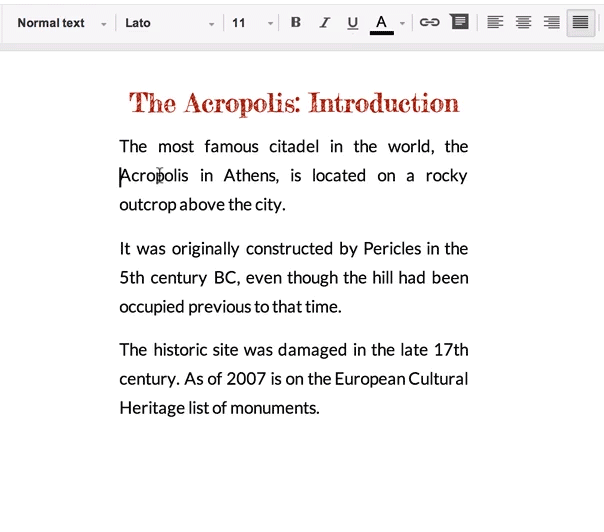
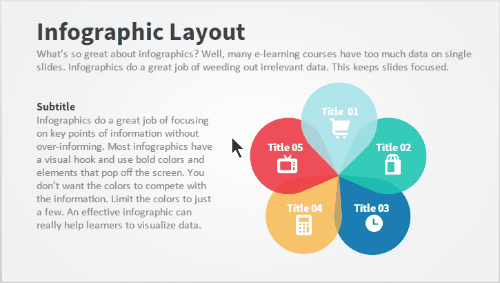
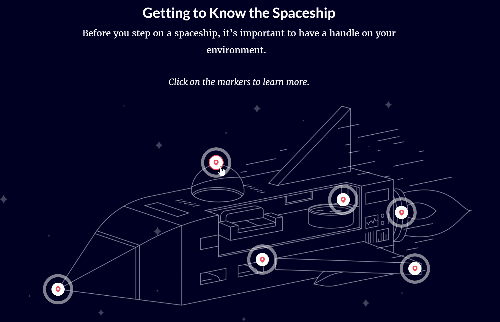
Reason 2: use animated GIFs to add humour to the course
Animated GIFs are fun: this is the reason for their success. With simple resources and minimum effects, you can produce amusing images that are often shared among many people. Using amusing GIFs in eLearning courses gives your students a moment of fun and relaxation within the flow of educational content. Just be careful to use an appropriate level of humour, and avoid using too “strongly” and inappropriate humorous GIFs, because someone will surely complain.
Here are some animated GIFs illustrating this reason.



Reason 3: use animated GIFs to show procedural steps
The two reasons above are not related to content transfer but focus mainly on capturing the student's attention. On the other hand, you can use GIFS as a teaching tool when you need to explain particular procedures, or to show technical details or how an equipment works.
Basically, rather than asking students to click from one slide to another to see how a process works, you can use a GIF to give students this information in an immediately visible way. Here are some animated GIFs illustrating this reason.
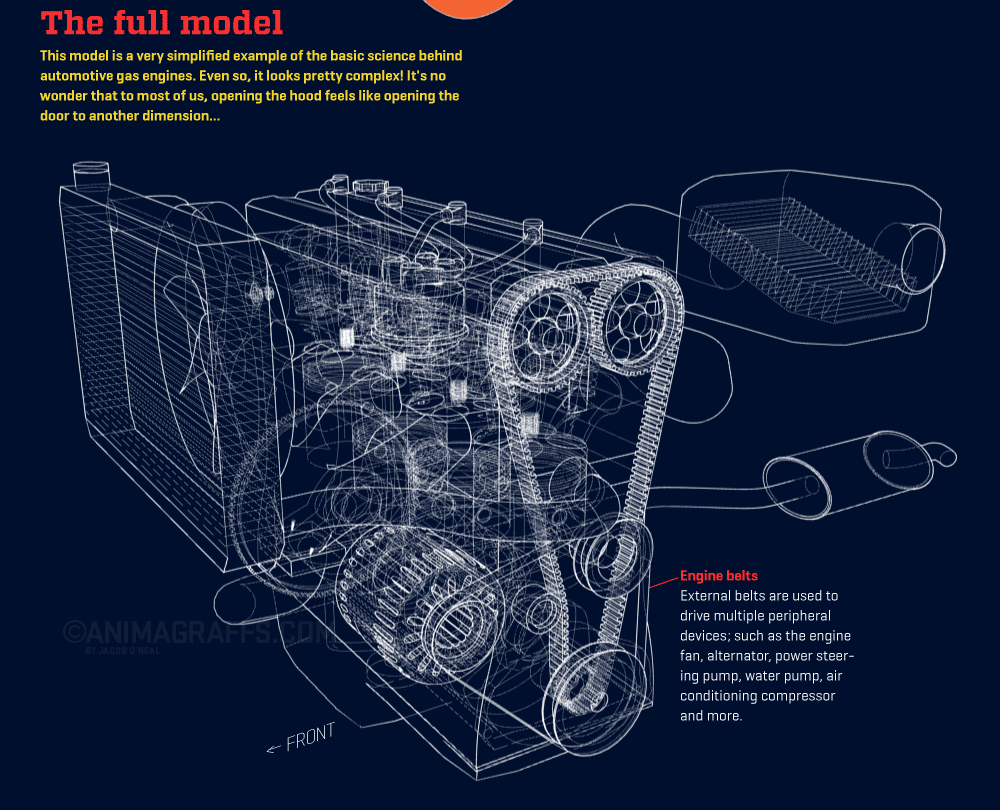
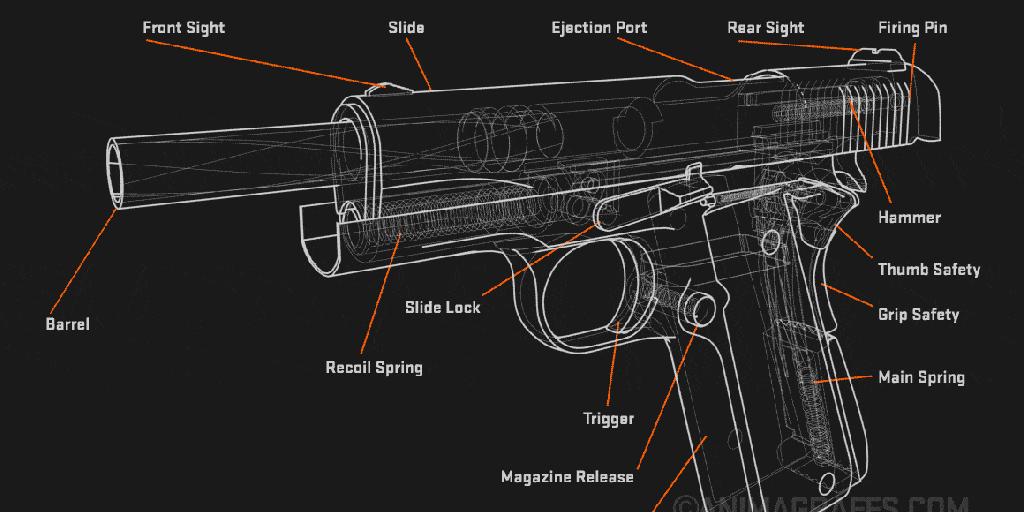
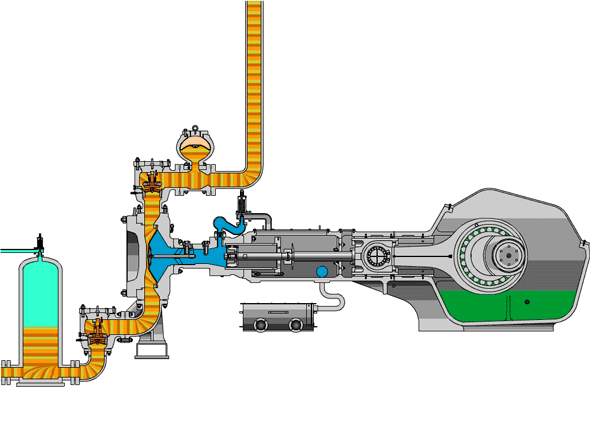
In a few words: animated gifs work well in eLearning courses; they are light, practical and effective resources in the transfer of information. If you need a GIF for your eLearning projects, you can search for them with Google Images or with Gifhy, the most popular search engine for GIFs. If you do not find the right GIF for your need, you have to create it yourself, with Photoshop or with some widgets that can help you create GIFs quickly and easily (like GIF Maker).
Article taken from www.blogs.articulate.com
Did you like this article? Sign up for the newsletter and receive weekly news!
Subscribe to NewsletterComments:
No comments are in yet. You be the first to comment on this article!